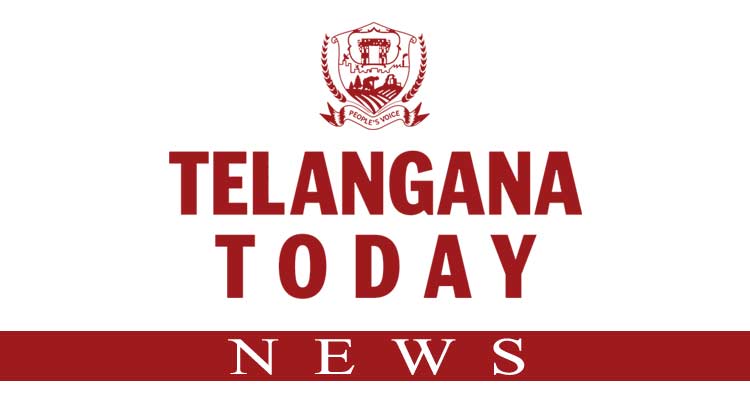Four out of five people with hypertension across the world are not adequately treated
Published Date – 11:30 PM, Thu – 21 September 23

Four out of five people with hypertension across the world are not adequately treated
Though it is a silent killer, affecting one in three adults worldwide, not many people are even aware of their hypertension condition. A sustained and systematic national hypertension control programme can help check hazardous health conditions. Lifestyle changes like eating a healthier diet, quitting tobacco and being more physically active will lower blood pressure. In its first-ever report on the global impact of high blood pressure, the World Health Organization (WHO) has warned that the deadly condition, if left untreated, could lead to stroke, heart attack, kidney damage and many other health problems. In India, a lack of public awareness is accentuating the problem. Only 37% of an estimated 188.3 million Indians with high blood pressure get diagnosed, with women outnumbering men. While better hypertension control can help avert 4.6 million deaths by 2040 in India, only 15% of the people in India currently have their hypertension under control. The WHO report, presented during the 78th Session of the United Nations General Assembly, said that in order to achieve a 50% control rate in India, 67 million more people with hypertension would need to be effectively treated. Hypertension is reported to be the fourth contributor to premature deaths in developed countries and the seventh in developing countries. It is estimated that nearly 30% of the global adult population will have hypertension by 2025. Epidemiological studies suggest that the prevalence of hypertension has increased in both urban and rural areas, demolishing the myth that it is more an urban phenomenon. It is one of the most important non-communicable health risk factors in India. Increased stress levels, smoking, alcoholism and sedentary lifestyles are the main culprits.
What is alarming is that four out of five people with hypertension across the world are not adequately treated. And, more than three-quarters of adults with hypertension live in low-and middle-income countries. The WHO report says that if countries can scale up coverage, 76 million deaths could be averted between 2023 and 2050. Improved coverage could further prevent 120 million strokes, 79 million heart attacks and 17 million cases of heart failure in the same time period. In the Indian context, there are challenges at every level when it comes to handling hypertension — from getting a diagnosis to initiating treatment and controlling it successfully. The problem is that many do not start their treatment even after diagnosis. Only 30% of the estimated people living with hypertension start treatment, while only 15% manage to keep their blood pressure under control. Nearly 52% of deaths due to cardiovascular diseases such as heart attack in India can be attributed to elevated blood pressure. Prevention, early detection and effective management of hypertension are among the most cost-effective interventions in healthcare and should be prioritised by countries as part of their national health benefit package offered at a primary care level.





